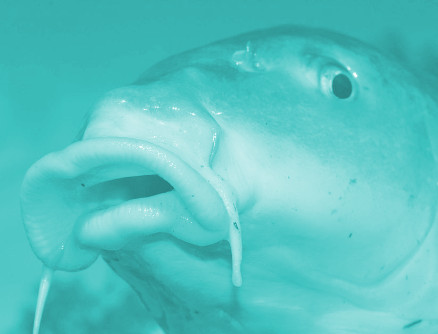Carp study sounds warning
 Experts say mass carp culling could have a major impact on native flora and fauna.
Experts say mass carp culling could have a major impact on native flora and fauna.
A recent research project saw outdoor tanks set up in Prospect and filled with different quantities of dead carp for a risk assessment by Water NSW.
The tanks were loaded with varying amounts of virus-free fish from 250 to 6,000 kilograms per hectare, but all except one showed the same result - oxygen levels in the water dropped to zero.
“Above 1,000 kilograms per hectare the dissolved oxygen stayed at zero for up to five days,” lead researcher Joe Pera has told the ABC.
“That's a real concern because for such a prolonged period at low DO [dissolved oxygen] you'll pretty much wipe out the rest of the ecosystem.”
All tanks saw a spike in nutrients, bacteria and algae in line with the number of dead carp.
“We did a couple of experiments, one of them was actually an odour test, where you'd smell the water and pretty much in all the treatments it was undrinkable,” the water quality scientist said.
A range of research projects are being undertaken as part of a Federal Government plan to release a strain of carp herpes to control the pest species in Australia’s waterways.
Carp comprise about 80 per cent of Australia’s river biomass and cost the Australian economy around $500 million a year.
Mr Pera saud supports the biological control, but maintaining drinking water quality and protecting native fish will only be possible if the dead carp are cleaned up quickly.
“They [native fish] wouldn't last long,” Mr Pera said.
“They wouldn't be able to survive a scenario where there was no oxygen for a day that's for sure.”
Mr Pera said the findings from the tanks apply mostly to still and shallow-water systems, and that deeper and faster-flowing areas have a better chance of diluting the effect.
Brisbane-based scientist Jonathan Marshall says the northern part of the Murray-Darling system features rivers that are more stagnant and often shrink into waterholes during droughts.
He said these waterholes keep fish alive during dry times, but could easily become clogged with dead carp.
“I think the worst-case scenario is that the intention of the National Carp Plan to improve native biodiversity could have the opposite effect and actually cause loss of native biodiversity,” said Dr Marshall.
National Carp Control Plan coordinator Matt Barwick says the virus is one of the most-researched pest animal biological controls in the world.
“I'm glad that we're looking at worst-case scenarios because we need to understand under those circumstances what happens and can the risks be managed,” he said.
“When you talk about controlling a pest species across a million square kilometres using a biocontrol agent, there is absolute complexity.
“This is a really challenging, complex issue. It doesn't mean we can't do it.”







 Print
Print